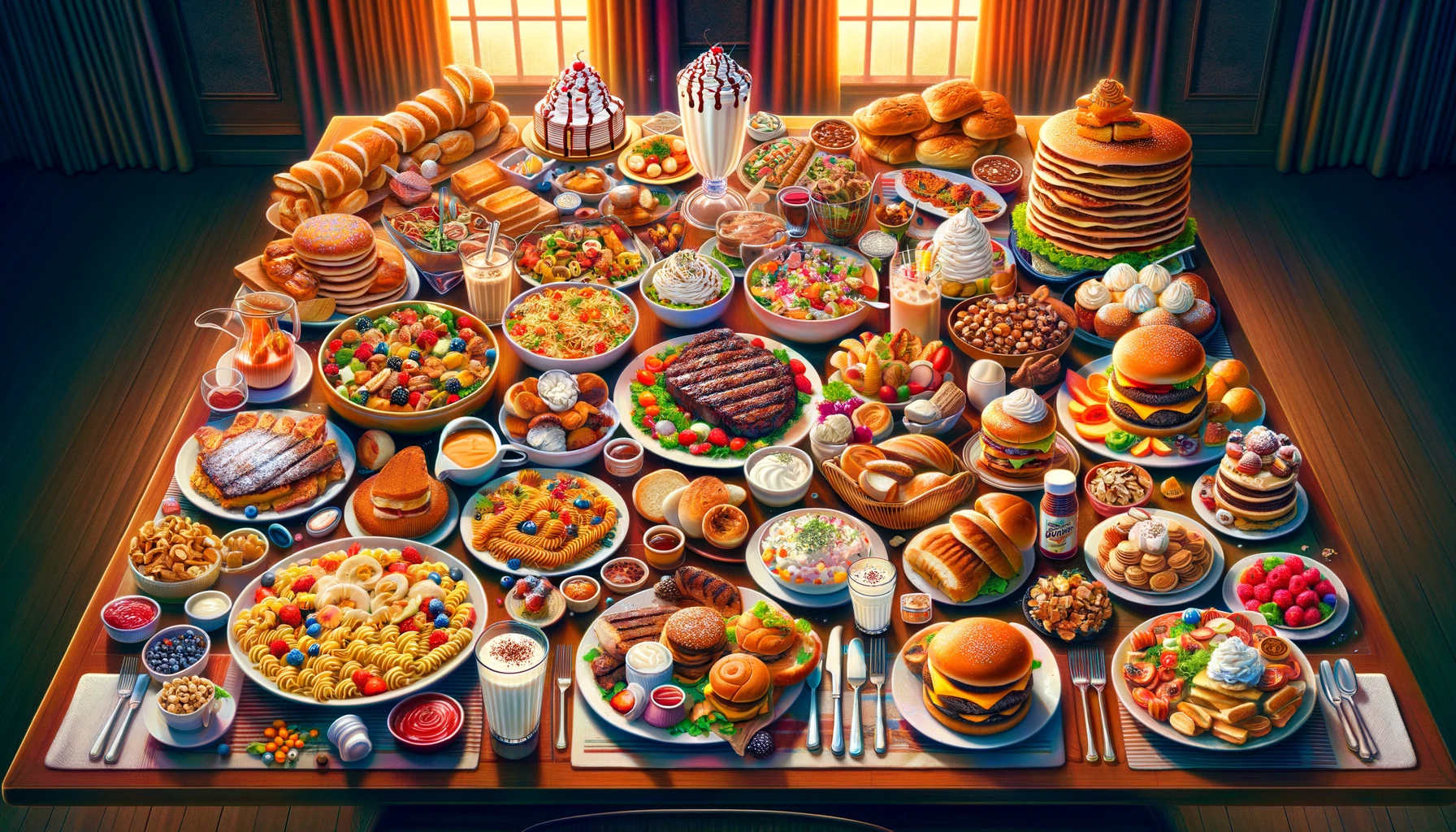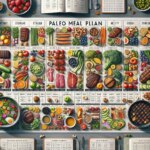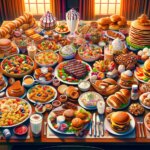Embarking on a bodybuilding journey demands not only rigorous training but also a meticulously planned diet. For those aiming to bulk up and gain significant muscle mass, a 5000-calorie meal plan can be a game-changer. This comprehensive guide is designed to help you understand and implement a 5000-calorie meal plan tailored for bodybuilding.
Understanding the 5000 Calorie Diet
A 5000-calorie diet is significantly higher than the average caloric intake and is specifically designed for individuals who engage in intense physical activities, like bodybuilding. This section explores the basics of a high-calorie diet, focusing on the importance of balancing macronutrients – proteins, carbohydrates, and fats – to achieve optimal muscle growth and recovery.
Designing Your 5000 Calorie Meal Plan
Designing a 5000-calorie meal plan requires careful consideration of your body’s needs and training regimen. This part of the article delves into how to structure your meals throughout the day, ensuring you consume the right balance of nutrients at the right times to fuel your workouts and promote muscle growth.
Sample 5000 Calorie Meal Plan for Bodybuilders
This section provides a detailed sample meal plan, breaking down meal options for breakfast, lunch, dinner, and snacks. Each meal includes a variety of foods rich in quality proteins, complex carbohydrates, and healthy fats, all tailored to meet the high-energy demands of bodybuilding.
Supplements to Enhance Your Diet
While Whole Foods should form the basis of your diet, supplements can play a crucial role in meeting your nutritional needs. This part discusses the role of supplements like protein powders, creatine, and branched-chain amino acids (BCAAs) in a 5000-calorie diet.
Balancing Diet with Training
A high-calorie diet goes hand in hand with an effective training program. Here, we explore how to synchronize your meal plan with your workout schedule for maximum effectiveness, including pre-and post-workout nutrition strategies.
Monitoring Progress and Adjusting Your Plan
As you progress in your bodybuilding journey, your dietary needs may change. This final section offers guidance on how to monitor your progress and make necessary adjustments to your meal plan, ensuring it continues to align with your evolving fitness goals.
Understanding Caloric Density
First, it’s important to understand which foods are calorically dense. These foods provide a large number of calories in a small amount of food. Examples include nuts, dried fruits, fatty meats, whole milk, cheese, and oils.
Meal Structure
A 5000-calorie diet can be broken down into several meals and snacks throughout the day to make it more manageable. A typical structure might look like this:
- Breakfast
- Mid-Morning Snack
- Lunch
- Afternoon Snack
- Dinner
- Evening Snack
Sample Meal Plan
Breakfast
- Omelet: 3 eggs, cheese, and vegetables cooked in butter or oil.
- Oatmeal: Made with whole milk, topped with nuts and honey.
- Whole Milk: A glass of full-fat milk.
Mid-Morning Snack
- Protein Shake: Made with whole milk, protein powder, banana, and peanut butter.
- Trail Mix: A mix of nuts, seeds, and dried fruits.
Lunch
- Grilled Chicken or Beef Steak: With a side of mashed potatoes made with cream and butter.
- Vegetables: Cooked with olive oil or butter (like spinach, and broccoli).
- Brown Rice or Quinoa: As a carbohydrate source.
Afternoon Snack
- Greek Yogurt: Full fat, mixed with nuts or granola.
- Fruit: Avocado or banana.
Dinner
- Salmon or Tuna Steak: High in protein and healthy fats.
- Sweet Potatoes: Baked or mashed with butter.
- Salad: With olive oil-based dressing, cheese, and nuts.
Evening Snack
- Cottage Cheese: Full fat, with fruit or honey.
- Nut Butter: A spoonful of almond or peanut butter.
Tips for High-Calorie Meals
- Use Full-Fat Dairy Products: Opt for full-fat milk, cheese, and yogurt.
- Cook with Oils and Butter: Increase calorie content by cooking foods in oils and butter.
- Snack Wisely: Choose snacks like nuts, seeds, cheese, and dried fruits.
- Drink Your Calories: Consider smoothies and shakes with high-calorie ingredients.
- Focus on Nutrient-Dense Foods: While focusing on calories, don’t forget the importance of vitamins, minerals, and other nutrients.
Considerations
- Balanced Diet: Ensure your meal plan includes a balance of carbohydrates, proteins, and fats, along with essential vitamins and minerals.
- Monitor Health: Pay attention to how your body responds. High-calorie diets can lead to rapid weight gain and other health issues if not managed properly.
- Hydration: Drink plenty of water throughout the day.
A 5000-calorie meal plan requires thoughtful planning and a focus on calorically dense foods. It’s important to balance your intake of macronutrients and to ensure you’re getting enough micronutrients from fruits, vegetables, and whole grains. Consulting with a nutritionist can help tailor the plan to your specific needs and health conditions. Remember, such a high-calorie diet is not suitable for everyone and should be approached with care.


